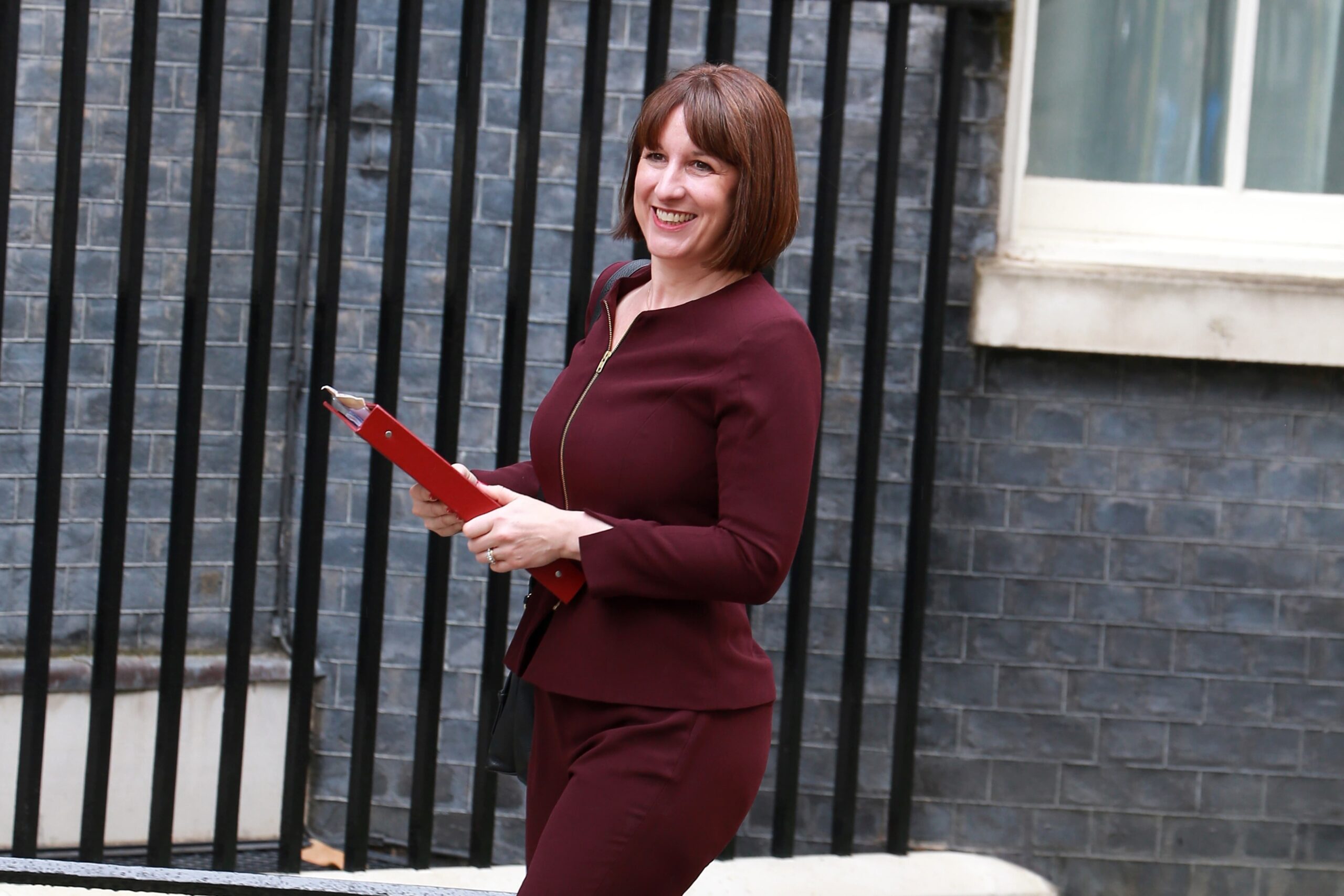
Posted on: 2nd August 2024 in Retirement Planning
Some things just go together perfectly.
Peanut butter and jam, macaroni and cheese, the Olympics and — retirement planning?
Stick with us and read on to learn some surprising things we can learn from Olympic athletes about retirement planning.
It’s no secret that an athlete’s professional life is short.
Research shows that the median age at which a track and field athlete is at their peak is 27. Meanwhile, the average retirement age was 32.
Of course, there are several variables to consider, such as the type of sport.
A separate study found that the average age of swimmers at the Tokyo Olympics in 2020 was 23 for males and 22 for females. However, the average age of male and female equestrian riders was 39 and 36, respectively.
While athletes are somewhat forced into early retirement — at least in their sporting careers — for others, it’s a goal.
Data from Legal & General found that 17% of people between the ages of 22 and 32 want to retire before 60.
While there is a difference between hanging up your running spikes in your 30s and retiring before 60, we can learn one important lesson from athletes — to be financially prepared for what comes next.
This may come as a surprise, but you and an Olympic athlete may be more alike than you think. From a financial perspective, at least.
Sure, there are outliers, such as Simone Biles. The U.S. gymnast has a reported net worth of around $20 million. But let’s focus on the majority.
Based on data from the U.S. Bureau of Labor Statistics, the average salary for athletes is $70,280.
In terms of their sporting career, athletes also have a much smaller window when it comes to earning potential, as double Olympic gold medalist Victoria Pendleton explains.
“As a sportsperson, your career is so short,” she said.
“For some of us, you’re retired at 31, but you’ve still got a lot of life to live. It can be quite frightening and intimidating.”
Fortunately, for the vast majority of us non-athletes, saving for retirement is much less of a sprint and more of a marathon.
That said, it’s time to put on the shoes and start our training plan for success.
Here is what we can learn from Olympic athletes about retirement planning.
All athletes are goal-oriented. It gives them direction and something to work towards.
The goal for any Olympic athlete was to be competition-ready when the lights come on, and it’s time to perform in Paris.
But what you don’t see is what it took to reach that long-term goal. It was the result of achieving smaller short-term goals over several years. The same approach can be taken with retirement planning.
Start by setting some goals. While a long-term goal is important, breaking that down into smaller, more manageable goals is just as crucial.
The earlier you start, the better. That applies to both achieving sporting and financial success.
Research shows that most world-class athletes start in sports at around 10 years old. We are not saying you need to start that young, but getting an early start is always advantageous.
This is especially true when it comes to retirement planning. With the rising cost of retirement, it pays to start early to build a pension pot that will support you financially when you stop working.

Athletes have a plan and stick to it. Every part of their training programme is meticulously planned because the better prepared you are, the better your chances of success.
Like a training schedule, proper financial planning can provide a clear roadmap to achieving your goals. Ultimately, knowing how to plan for retirement effectively will give you the best chances of success.
While athletes often retire from their sport young, most go on to other careers, such as punditry work or coaching. For the rest of us, when we stop working, our pension becomes our primary source of income.
Building a solid pension pot is one thing, but having multiple revenue streams can help you be more financially secure in retirement.
We are not saying you should follow an athlete’s lead and find another job. After all, that would defeat the point of retiring. Instead, having a passive income could boost your savings.
A passive income is income you get with little input, such as investments or a high-yield savings account. With the cost of retirement only increasing, having a passive income could unlock the door to financial freedom.
Athletes work with the best coaches and teams for a reason.
They have the experience and knowledge to help Olympians achieve peak performance. This means working with athletes across multiple areas, including nutrition, recovery and sports-specific training.
The same applies to retirement planning.
Working with a wealth management expert can give your money the best chance of success and help you across all aspects of your financial life. If you are ready to start building a more secure financial future, speak to Holborn Assets.
Holborn Assets is a leading global company providing financial services and wealth management solutions. We even have some gold medals of our own, with multiple honours from some of the industry’s most recognised awarding bodies.
While we can’t turn you into an elite athlete, we can give you the best chances of financial success.
We have 18 offices across the globe and we manage over $2billion for our 20,000+ clients
Get started
Digital Assets: From Fringe to Framework A Responsible View for Internationally Mobile Investors Executive Summary Digital assets have moved from the fringes of finance into mainstream discussion. The arrival of...
Read more
Across the global expatriate market, one product category is showing unprecedented momentum in 2025: Indexed Universal Life (IUL). As client expectations move toward solutions that combine long-term protection, tax-efficient wealth...
Read more
Chancellor Rachel Reeves delivered her second Autumn Budget in dramatic circumstances, after the Office for Budget Responsibility (OBR) accidentally released its full economic outlook online 45 minutes before her speech....
Read more
In today’s world, much of our lives are lived online. From email accounts and social media profiles to digital wallets and online businesses, we’re building a digital legacy—often without realising...
Read more